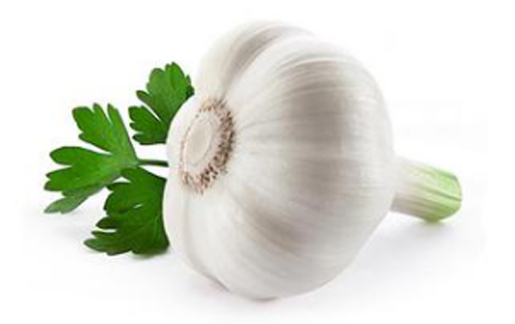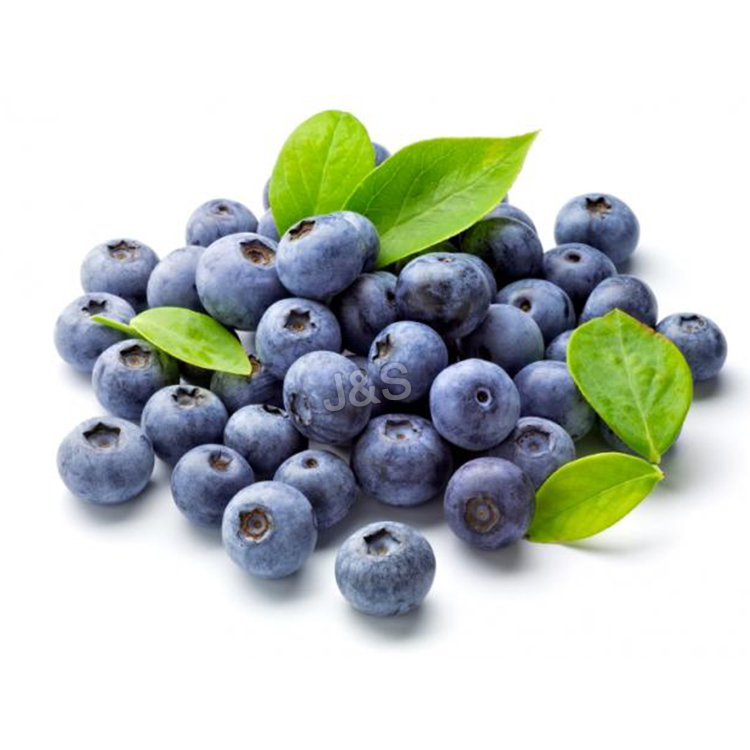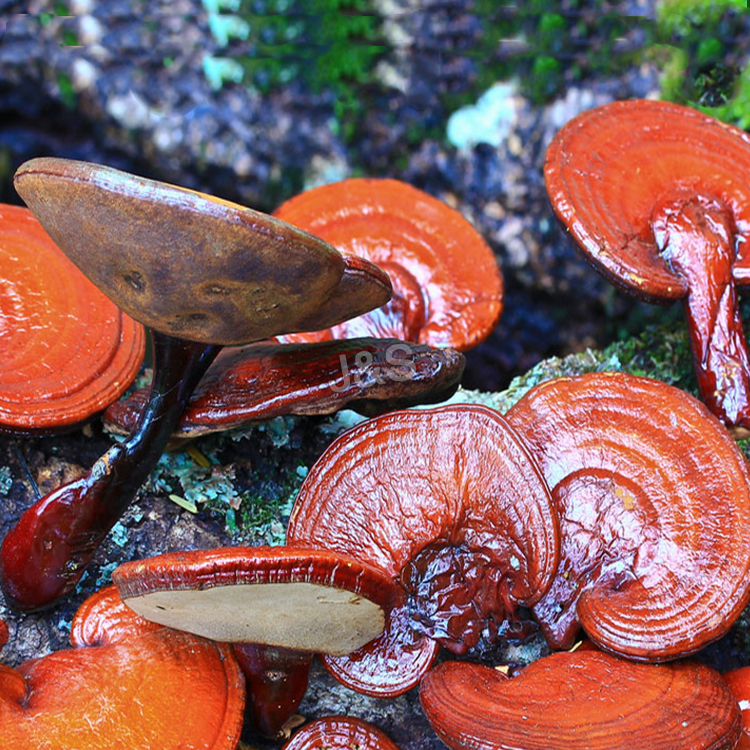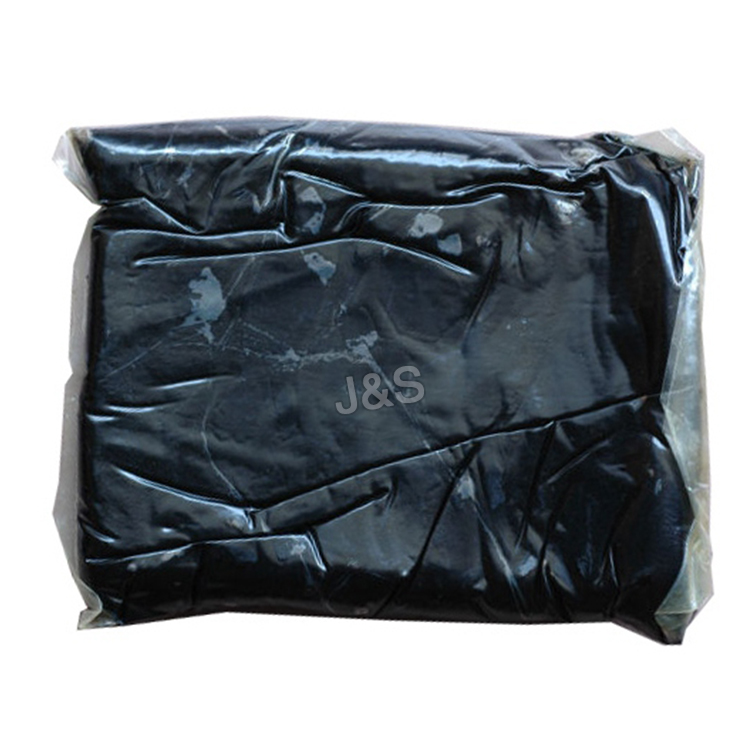One of Hottest for Garlic Extract Powder Factory from Monaco
One of Hottest for Garlic Extract Powder Factory from Monaco Detail:
[Latin Name] Allium sativum L.
[Plant Source] from China
[Appearance] Off-white to light yellow Powder
Plant Part Used:Fruit
[Particle size] 80 Mesh
[Loss on drying] ≤5.0%
[Heavy Metal] ≤10PPM
[Storage] Store in cool & dry area, keep away from the direct light and heat.
[Shelf life] 24 Months
[Package] Packed in paper-drums and two plastic-bags inside.
[Net weight] 25kgs/drum
Introduction:
In ancient times, garlic was used as a remedy for intestinal disorders, flatulence, worms, respiratory infections, skin diseases, wounds, symptoms of aging, and many other ailments. To date, more than 3000 publications from all over the world have gradually confirmed the traditionally recognized health benefits of garlic.
Although aged Garlic has so many benefits to human body, but it has a unpleasant odor. most of people do not like this taste ,so we use modern biological technology, to enrichment the elite containing in the Garlic and get rid of the odor of the product ,we call it aged garlic extract
Function:
(1) Has a strong and extensive antibiotic ability. It can kill all kinds of bacteria totally sucn as gram-positive bacteria, gram-negative bacteria and fungi; can restrain and kill some pathogenic microorganisms such as many staphylococcocci, pasteurella, typhoid bacillus, shigella dysenteriae and pseudomonas aeruginosa. So, it can prevent and cure many kinds of contagion, especially coccidiosis in chicken.
(2) Because of its strong garlic odour, allicin can increase feed intake of the birds and fish.
(3) Flavors the meals with a uniform garlic smell and mask unpleasant odors of various feed components.
(4) Strengthen immune system, and promote healthy growth in poultry and fish.
(5) Allicin’s garlic odour is effective in repelling flies, mites and other insects from the feed.
(6) Allicin has a potent sterilization effect on Aspergillus flavus, Aspergillus Niger, Aspergillus fumigatus, etc. and is therefore able to prevent the onset of feed mildew and prolong feed life.
(7) Allicin is safe with no residual drugs
Product detail pictures:
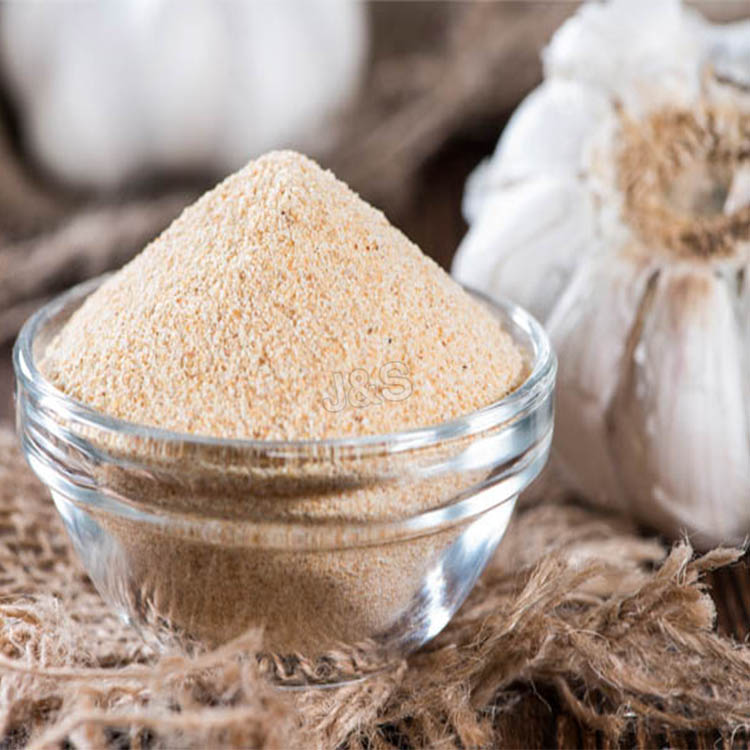
Related Product Guide:
We constantly believe that one's character decides products' high quality, the details decides products' high-quality ,together with the REALISTIC,EFFICIENT AND INNOVATIVE crew spirit for One of Hottest for Garlic Extract Powder Factory from Monaco , The product will supply to all over the world, such as: Philippines, Philippines, Kuwait, Welcome to visit our company, factory and our showroom where displays various hair products that will meet your expectation. Meanwhile, it is convenient to visit our website, and our sales staff will try their best to provide you the best service. Please contact us if you need more information. Our aim is to help customers realize their goals. We are making great efforts to achieve this win-win situation.
A family business that specializes in the art of collection honey from wild hives without the use of gloves, or any other significant protection! Taking down the hive, extracting the honey from it MANUALLY with bare hands and finally selling it to the customers – all of this is shown in the traditional method to get rid of an inconsequential or pesky beehive (depending on how you look at it!), the only way of earning a living for these people.
Collecting honey – the traditional way
Apparently the use of pesticides and fertilizers has hit honey-bees badly, so maybe we should change the way honey is extracted in India so that the hives themselves are not destroyed. Maybe commercial apiaries are actually not that bad, as the colonies are not hurt…?
Either way, if honey bees were to disappear, commercial agriculture as we know it today, world-wide, would not survive and human beings would begin to starve!
This footage is part of the professionally-shot stock footage archive of Wilderness Films India Ltd., the largest collection of imagery from South Asia. The Wilderness Films India collection comprises of thousands of hours of high quality broadcast imagery, mostly shot on HDCAM 1080i High Definition, HDV and Digital Betacam. Write to us for licensing this footage on a broadcast format, for use in your production! We pride ourselves in bringing the best of India and South Asia to the world… wfi @ vsnl.com and admin@wildfilmsindia.com.
A family business that specializes in the art of collection honey from wild hives without the use of gloves, or any other significant protection! Taking down the hive, extracting the honey from it MANUALLY with bare hands and finally selling it to the customers – all of this is shown in the traditional method to get rid of an inconsequential or pesky beehive (depending on how you look at it!), the only way of earning a living for these people.
Active beehive being incinerated to the ground. A honey-collector straddles a large bee-hive on a tree, smokes the bees out of it, with a bucket in one hand and a sickle in the other. He cuts the hive, in sections, to the ground, to be collected by his assistant. The bees scatter in the heat of the moment…
Collecting honey – the traditional way
Apparently the use of pesticides and fertilizers has hit honey-bees badly, so maybe we should change the way honey is extracted in India so that the hives themselves are not destroyed. Maybe commercial apiaries are actually not that bad, as the colonies are not hurt…?
Either way, if honey bees were to disappear, commercial agriculture as we know it today, world-wide, would not survive and human beings would being to starve!
Beekeeping (or apiculture, from Latin apis, bee) is the maintenance of honey bee colonies, commonly in hives, by humans. A beekeeper (or apiarist) keeps bees in order to collect honey and other products of the hive (including beeswax, propolis, pollen, and royal jelly), to pollinate crops, or to produce bees for sale to other beekeepers. A location where bees are kept is called an apiary or “bee yard”.
Depictions of humans collecting honey from wild bees date to 15,000 years ago, efforts to domesticate them are shown in Egyptian art around 4,500 years ago. Simple hives and smoke were used and honey was stored in jars, some of which were found in the tombs of pharaohs such as Tutankhamun. It wasn’t until the 18th century that European understanding of the colonies and biology of bees allowed the construction of the moveable comb hive so that honey could be harvested without destroying the entire colony.
Source: Wikipedia
https://www.foodbev.com
https://www.purecirclesteviaevent.com/
PureCircle, a producer and marketer of high purity stevia products, has welcomed the final approval of the EU Commission’s Regulation to authorise the use of steviol glycosides in foods and beverages in the EU. Video uploaded to FoodBev.com courtesy of PureCircle.
We are long-term partners, there is no disappointment every time, we hope to maintain this friendship later!

